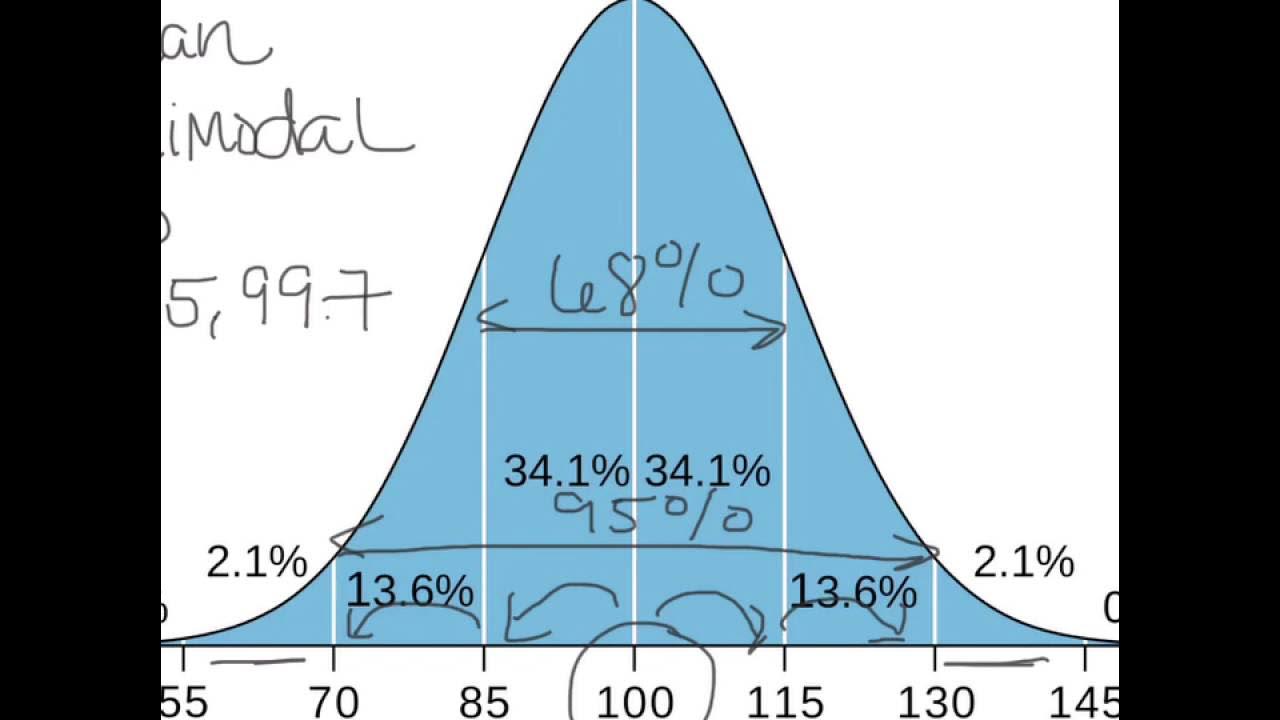The Fastest Way To Find Waldo
Summary
TLDRIn 2015, data scientist Randall Olssen used a genetic algorithm to analyze 68 of Waldo's hiding spots from seven primary books. By creating a near-perfect strategy for finding Waldo quickly, he developed a method that significantly reduces search time. Instead of tracing every spot on a page, the method focuses on scanning specific zones, such as the bottom third, then jumping to other key areas. Using this approach, it's possible to find Waldo in about 10 seconds per page. Olssen humorously notes that, despite this efficiency, Waldo has never found him.
Takeaways
- 🧠 A data scientist named Randall Olssen analyzed all 68 of Waldo's hiding spots in seven primary books in 2015.
- 📊 He used a kernel density estimate to map out Waldo's common hiding locations.
- 🌌 There are more ways to connect these 68 hiding spots than there are atoms in the observable universe.
- 💻 Finding the perfect path to locate Waldo would take the 10 largest supercomputers longer than the universe has existed.
- 🧬 Olssen used a genetic algorithm to find a nearly perfect solution to locate Waldo quickly.
- 👀 The method involves starting at the bottom third on the left page and scanning across, then jumping to the top third.
- ➡️ After scanning halfway across the right page, the search continues in the middle or at the edges.
- ⏱️ Using this strategy, Olssen can find Waldo in an average of 10 seconds per page.
- 🤯 The process significantly improves the speed of finding Waldo compared to random searching.
- 😎 Olssen humorously notes that Waldo has never found him during the searches.
Q & A
What method did Randall Olssen use to find Waldo's hiding spots?
-Randall Olssen used a kernel density estimate based on all 68 of Waldo's hiding spots across the seven primary books.
Why is it difficult to find Waldo using a perfect path for our eyes?
-There are more ways to connect the 68 hiding spots than there are atoms in the observable universe, making it extremely complex to find the perfect path for our eyes to trace.
How long would it take the 10 largest supercomputers on Earth to find the perfect solution to locate Waldo?
-It would take them over 10 unvigintillion times longer than the universe has existed.
What alternative method did Randall Olssen use to find a nearly perfect solution for locating Waldo?
-He used a genetic algorithm to find a nearly perfect solution for locating Waldo.
What is the general scanning method described to find Waldo quickly?
-You start at the bottom third of the left side of the page, scan across, jump up to the bottom of the top third, move halfway to the right, and dive down. If Waldo isn't found, check the middle or edges.
How fast can this method find Waldo?
-This method can help find Waldo in an average of 10 seconds per page.
How complex is the search for a perfect path to find Waldo?
-It is extremely complex, with more possible ways to connect the 68 hiding spots than there are atoms in the observable universe.
Why did Randall Olssen not rely on supercomputers to find the perfect solution?
-Finding the perfect solution would take far too long, even for the largest supercomputers, so he opted for a nearly perfect solution using a genetic algorithm.
What does the use of a genetic algorithm imply in solving the Waldo problem?
-It suggests that instead of brute-forcing every possible solution, the genetic algorithm evolves toward an optimal path by learning and improving iteratively.
What is a humorous conclusion made by the speaker about finding Waldo?
-The speaker humorously concludes by saying that while they can find Waldo quickly using this method, Waldo has never found them.
Outlines

Esta sección está disponible solo para usuarios con suscripción. Por favor, mejora tu plan para acceder a esta parte.
Mejorar ahoraMindmap

Esta sección está disponible solo para usuarios con suscripción. Por favor, mejora tu plan para acceder a esta parte.
Mejorar ahoraKeywords

Esta sección está disponible solo para usuarios con suscripción. Por favor, mejora tu plan para acceder a esta parte.
Mejorar ahoraHighlights

Esta sección está disponible solo para usuarios con suscripción. Por favor, mejora tu plan para acceder a esta parte.
Mejorar ahoraTranscripts

Esta sección está disponible solo para usuarios con suscripción. Por favor, mejora tu plan para acceder a esta parte.
Mejorar ahoraVer Más Videos Relacionados

What is a Bell Curve or Normal Curve Explained?

Primary, Secondary, & Tertiary Sources

Introduction to Data Science - Fundamental Concepts

The Discrete Fourier Transform (DFT)

SKALA PENGUKURAN KUISIONER : SKALA LIKERT, SKALA GUTTMAN, SEMANTIC DEFFERENSIAL, DAN RATING SCALE

How to (actually) REMEMBER What You Read - 7 Tips
5.0 / 5 (0 votes)
